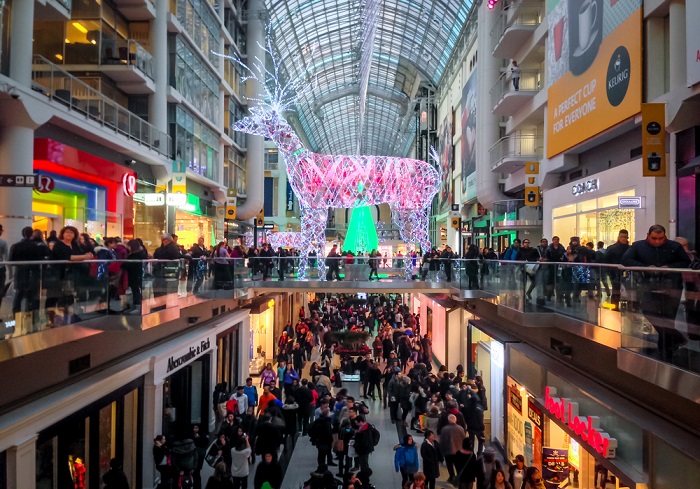
While the average consumer is more than familiar with several of Google’s high-profile products and services, a large part of the tech giant’s business is still done behind the scenes with consumer data and analytics-hungry advertisers. However, Google is turning this inside out on Black Friday to help shoppers shop smarter.
Google recently announced that it would be putting its public mapping data to use for consumers to help them monitor crowd levels at their favorite stores during Black Friday, as well as real-time inventory data to ensure discerning shoppers don’t miss out on deals. In a blog post, Google already released preliminary data on Black Fridays of the past, including peak in-store traffic hours across several retail verticals.
Of note, Google’s data has dispelled a longstanding rumor about Black Friday: that early morning doorbuster sales mean immense crowds at the crack of dawn. However, the influence of eCommerce on Black Friday means that the age of the doorbuster is largely gone, with the highest concentration of shoppers descending upon stores between the hours of 2 p.m. and 4 p.m. In fact, the period from 6 p.m. to 10 p.m. on Thanksgiving Day actually sends more consumers to the stores now than the “traditional” start of Black Friday.
Re/code explained that Google will use targeted search terms to monitor consumers’ locations, though they won’t be collecting any personal information. This is an important detail to remember when, in the same breath, Google said that it will sell those search terms to advertisers. While consumers get to avoid the crowds, advertisers get to see which of their keywords are gaining traction in real time — and which are being passed over like full-priced items at a doorbuster sale.
Whether the move to open the data vault to the public is being done out of holiday goodwill or business acumen, if it helps shoppers save some time and money, it’s hard to think that many will begrudge Google for it.